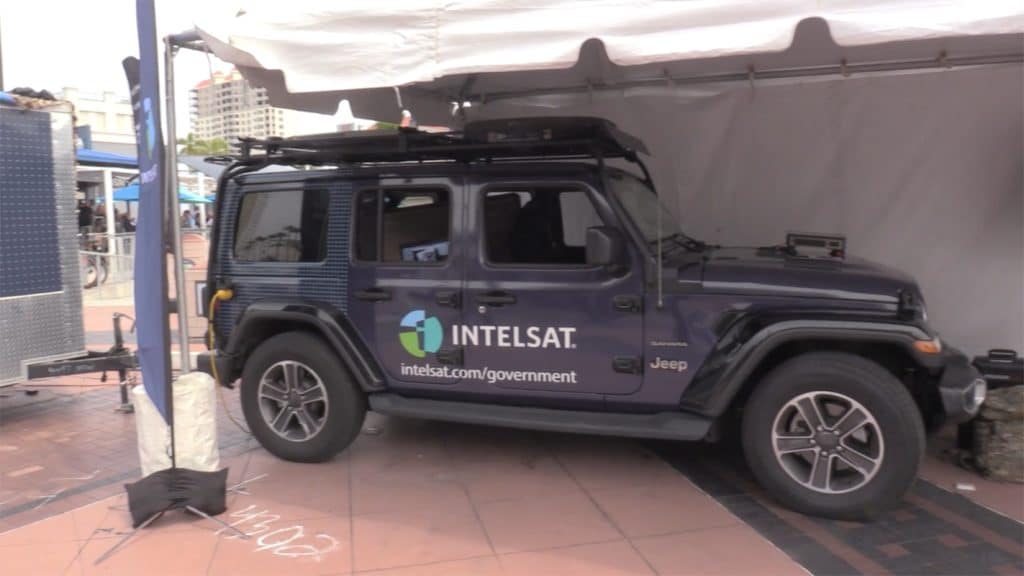Protecting Our Nation’s Space Supremacy
In a recent white paper, Air Force Space Command (AFSPC) acknowledged that government needs to do more to eliminate obstacles that impede agencies from moving forward with innovative commercial satellite communication (COMSATCOM) business arrangements. These obstacles are preventing the more efficient acquisition of the SATCOM bandwidth government customers need, and the need will only escalate in the near-term future.
We’ve talked previously on this site about things that can be done to improve this serious situation. In the current fiscal environment, both the Department of Defense and the commercial satellite industry are looking at new and innovative ways the U.S. government can more efficiently purchase satellite communications capability.
In order to maximize scarce resources, the Department of Defense needs to broaden acquisition options that can adequately provide combatant commanders with a stable and predictable complement to highly specialized, dedicated government satellites. The goal of both industry and the military is to ensure sufficient capacity is available when and where it will be needed in the future, including commercial investment in satellite fleets for military use. There are currently two opportunities being discussed, both of which industry would like to support.
First, both the House and the Senate have important commercial satellite acquisition provisions pending in their respective versions of the FY14 NDAA, that broadly encourage the DoD to look at long term acquisition of commercial satcom. Long term acquisition authority is critical in future planning of the communications architecture and will help to save the government money.
Second, industry is extremely supportive of the recent actions by Air Force Space and Missile Systems Center, which released an RFI seeking industry feedback on capabilities and approaches to meet future strategic and tactical protected SATCOM needs to increase effectiveness and affordability, using procurement dollars, instead of O&M.
This creative option is known as Pathfinder and would allow the Air Force to acquire in-orbit commercial capacity using existing authority similar to the way it purchases hardware. This is another procurement improvement that would save the government money and allow the DoD to integrate commercial satcom infrastructure into the existing architecture.
While industry is supportive of the Pathfinder initiative and looks forward to an RFP, we believe Congress should also continue legislative efforts to resolve the CBO scoring issues for multiyear commitments and develop FY15 National Defense Authorization Act (NDAA) language that grants this acquisition authority. By granting the authority to plan long term, DoD can more efficiently incorporate commercial satcom infrastructure into their architecture with confidence and more precise planning, helping to save the government money and ensuring capacity when and where our military needs it.
Congress should continue to work towards a legislative solution that allows the military to purchase commercial satellite infrastructure for periods of up to ten years, including the authority to pre-commit to future commercial offerings so industry is incentivized to develop new infrastructure needed by the military.
The Pathfinder initiative RFI is a positive next step that could provide additional business models to DoD. It will not solve all of the military’s long-term commercial satellite capacity planning and acquisition challenges.
But it is a very heartening step towards ensuring a more efficient and robust supply of COMSATCOM for military customers. Both this initiative and the authority for long-term acquisition of commercial satellite capacity are critical to ensuring the best capabilities and cost-savings are available to the U.S. government to meet their critical communications needs.





















